
Frequent winter smog in northern China has shown the war on pollution will be arduous and call for greater efforts. In a severe bout of smog last month, 40 cities in north China issued alerts for air pollution. Beijing, along with the cities of Baoding, Handan, Langfang and Xingtai in the neighboring province of Hebei, issued red alerts, the most serious in the four-tier warning system.
Although the breakdown of the smog's sources -- including weather conditions, motor vehicle exhaust and industrial waste -- varies across China, growing winter coal consumption is one of the major factors in the haze. Monitoring data showed substances directly related to coal burning, including sulfate and black charcoal, are major components of PM2.5, airborne particles smaller than 2.5 microns in diameter, that can penetrate deep into the lungs.
Beneath the rising PM2.5 density is the "inconvenient truth" of China's coal-powered economy: although the country's coal output fell in 2014 for the first time this century, the volume of nearly 4 billion tonnes is still massive. Coal consumption accounts for about 66 percent of China's primary energy consumption, 35 percentage points higher than the world average.
In the country's north, where pollution is most rampant, coal use accounted for more than 80 percent of energy consumption. "The proportion of coal in China's primary energy mix is equal to that of the global energy structure almost a century ago, which is indeed worrisome, but also means there are opportunities," noted Huang Xiaoyong, director of the global energy security research center under the Graduate School of the Chinese Academy of Social Sciences.
China has specified that it aims to bring the share of non-fossil energy to 15 percent by 2020 and 20 percent by 2030. In addition, coal consumption will be limited to 62 percent of energy use by 2020. At a recent energy work conference, China pledged to strictly control new capacity in the coal industry and halt the approval of new mine projects for three years starting in 2016.
But the shift in the energy structure can't be accomplished in the short term. China's reliance on coal is a result of the country's resource distribution -- rich in coal but poor in oil and gas -- and its need to maintain economic growth and energy security. Development of other alternatives such as renewables will take time to gain enough ground. "It took Britain 20 years to reduce the share of coal in the energy mix from 90 percent to 30 percent," Huang said, adding the change requires revolutions in fuel production, consumption and technology.
Analysts have called for better and more efficient use of coal to limit pollution. Coal burning for residential heating, estimated at 700 million tonnes, is a major source of pollution, according to Zuo Qianming, an expert with China National Coal Association. Due to its low cost, inferior coal has been widely used in rural areas where regulations are lax.
An investigation team dispatched by the Ministry of Environmental Protection found that 22.2 percent of coal for household use in Beijing exceeded emissions standards. In Tangshan, Longfang, Baoding and Cangzhou cities in Hebei Province, the ratio reached as high as 37.5 percent.
The heavily polluted province said it plans to distribute standard coal briquette to counties and rural regions by 2017. The effective spread of the briquette requires producers to lower costs through improved technology and government subsidies, Zuo said.
















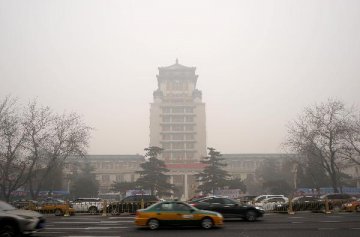
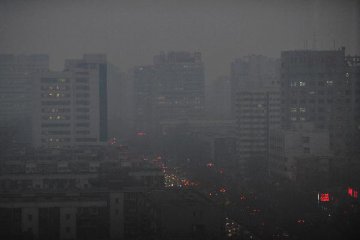
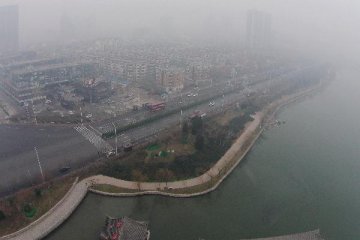
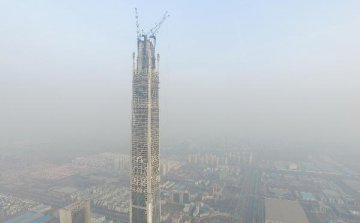
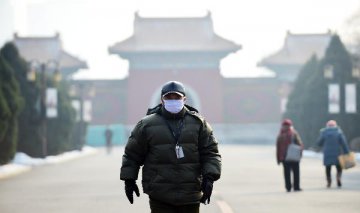
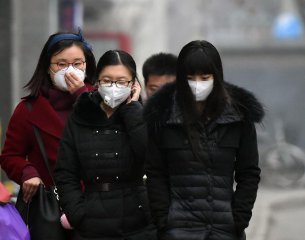


Latest comments